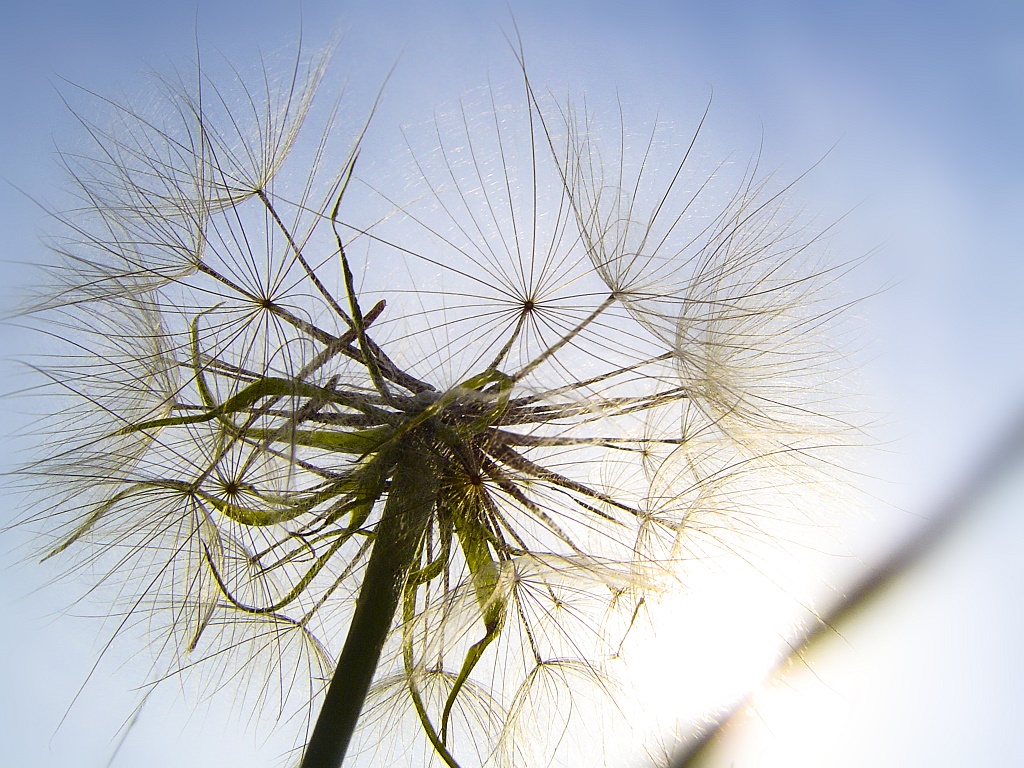Do you remember, as a child, picking a bouquet of dandelions for your mother? I do. I genuinely thought dandelions were beautiful and that I was giving a beautiful gift to my mother. I did not consider them a weed, something worthy of destruction. In fact, not only were they beautiful, but when they went to seed, they turned into magical tufts of glory. I remember the feeling like it was yesterday. I would find one and well up with joy. I’d run for the little white ball, gently pluck it, and blow. I can still feel it. Along with the seed heads, it felt like the weight from my shoulders was also drifting away on the breeze.
Dandelions are beautiful. The fact that they grow easily does not make them less beautiful. The fact that they break up the monotonous green of today’s lawns should be celebrated. Instead, they are assaulted with chemicals.
But who cares if they are beautiful, they are classified in some areas as noxious weeds, right? Well, dandelions are master reproducers. They are asexual, so even without pollination, they can reproduce. They also have deep taproots, and if those roots are not almost completely removed, they will come back with a vengeance. Dandelions are master survivalists! We mostly do not like them because they can crowd out our desired crops, whether that be a uniform field of green grass blades or food crops.
But dandelions have benefits besides beauty and majestically floating seeds.
 Dandelions are an important early source of nourishment for bees. I don’t know about you, but I want the bees to stay around, so I think this is a pretty important benefit.
Dandelions are an important early source of nourishment for bees. I don’t know about you, but I want the bees to stay around, so I think this is a pretty important benefit.
They are 100% edible. The roots can be eaten. Early English settlers relied on dandelion root to survive the long winters. You can roast the roots and make a dandelion “coffee” or roast, simmer, or sautee along with other vegetables and eat them. The root is a medicinal herb with many health benefits.
The leaves are abundantly nutritious. I saw a plastic package of dandelions in the grocery store the other day. Why on Earth are we killing the dandelions in our yard and then going and buying packages of them at the store? One cup of dandelion leaves has 111% of your recommended daily amount of Vitamin A among a plethora of other nutrients, making them one of the healthiest things you can consume.
Eat the flowers when they are buds. Or perhaps you’ve tried dandelion wine, which is made from the flowers.
I liked this page for its nutrition information and cooking/eating tips (and anecdote at the end), but a Google search for “dandelion” will leave you with plenty of reading material.
They are soil fixers, dynamic accumulators. When the soil life all but dies off and there are few nutrients left for the plants we do want, weeds, especially dynamic accumulators, are actually coming to the rescue. Weeds are nature’s medicine for sick soil. So when we kill off the weeds, the soil continues to be sick. Then we have to add fertilizer. I could go on about the deleterious nature of lawns, but I will save that for another post. Because of their deep taproots, they bring nutrients to the surface for other plants, so they can be a companion to the wise gardener. Just don’t let them get out of hand (i.e. eat them often).
What we have is largely a perception issue. In our determination to maintain the uniformity (read: monotony) of a grass-only yard, the dandelion’s reputation has taken a hit. Why is it that when we spend the time to plant and nurture a rose bush in our landscape, we consider it beautiful, but when dandelions grow on their own for free with no effort from us, we consider them ugly and unwanted? That seems a little backward, doesn’t it?
Have you ever seen a field of daisies or lavender? It’s beautiful, isn’t it? Have you ever gone for a walk in the spring and seen a lone tulip that has found its way through the soil unexpectedly and then stopped and pointed it out and smiled?
What would happen if we had never seen dandelions before, didn’t even know they existed, and all of a sudden they started popping up in our yards? I can see myself strolling out the front door, not expecting to see anything out of the ordinary, when all of a sudden, something yellow catches my eye. I look over, and indeed, there is something yellow, peeking out of the sea of green. I walk over, brows furrowed, wondering what it is. I get down on my hands and knees and inspect it closely. And then I exclaim out loud, “Whoah!” I run back into the house and yell at the family. “Come look at the pretty flower growing in the yard!” We would all go out and ooh and ahh over it.
Then a few more would pop up, and we would love them, too. Then, a few more. They would last all summer, and then it would start all over again the next spring. The most likely reaction that second spring would be no reaction at all. The novelty has worn off, and now they are just there.
But why should we stop being grateful for things once the novelty has worn off? We kind of tend to do that, don’t we? What if this spring, when that first dandelion pops up, you treat it as a tulip? Or even better, treat it as a dandelion, because then not only can you enjoy it’s beauty, but you can also eat it!


